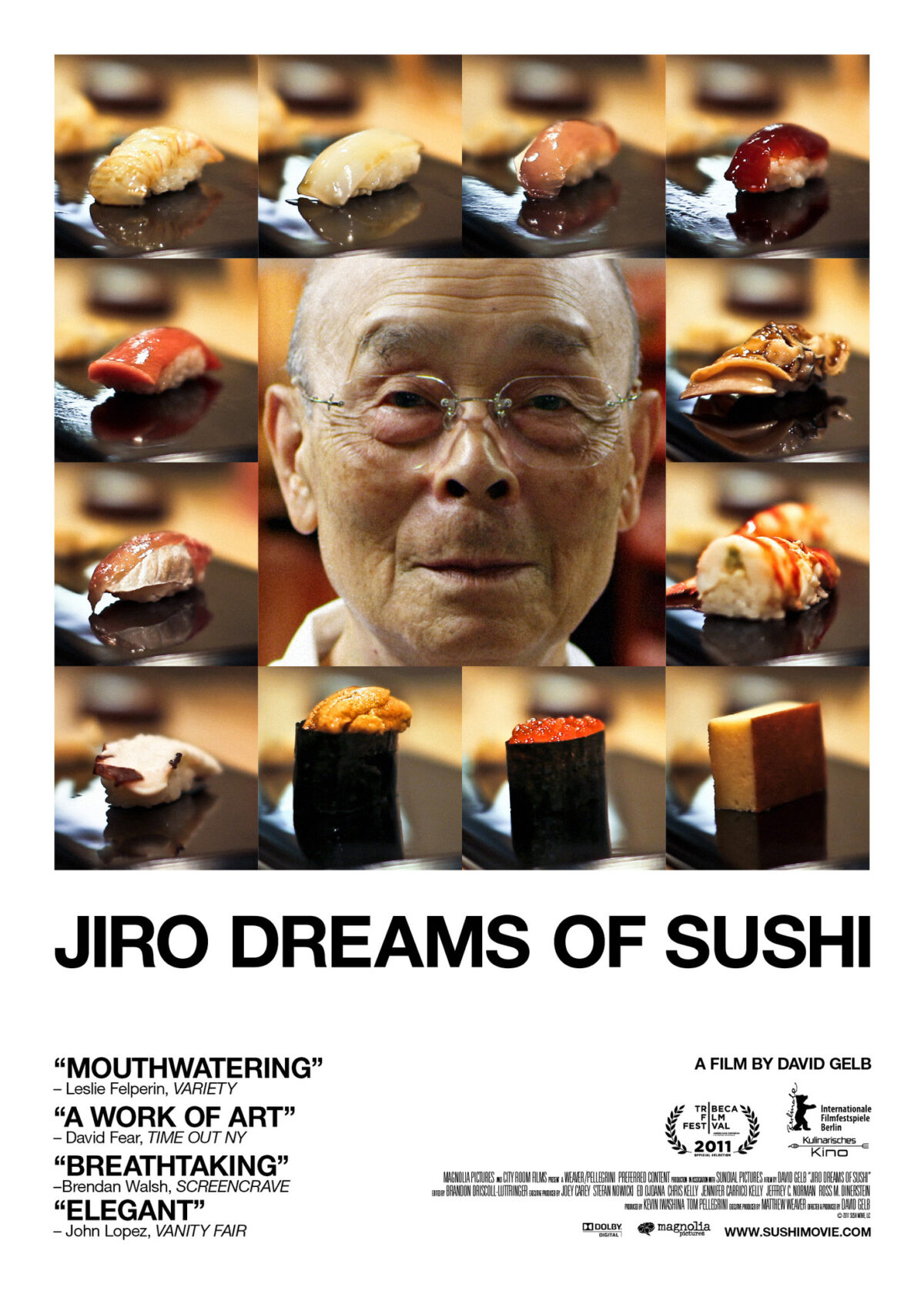When I wrote the last post on western classical music, this is the post that I meant to write but it quickly evolved into a how-to post so I decided to make two posts. I wanted to talk about art and what it means – very broad and complex topic that people have written whole books on. I don’t claim to have all – or any – answers. But the nice thing about art is you can always say something about your own experience with it.
When I encounter a new art form, the thing I look for most is goosebumps. It need not be an earth shaking experience but you should feel something. And that is the reason why I am not interested in cerebral art that intentionally avoids this experience. Take for instance, the infamous composition 4’33” by John Cage. What Cage and the musicians did for four minutes and 33 seconds on stage was – nothing. They sat in silence and the only sounds that were produced were made by the audience, like someone coughing. Now I get that this is a brilliant way to turn the whole artist-audience concept on its head but what after that? I cannot play 4’33” like I play the Mozart G minor Symphony. Clever art makes its point and you appreciate it but that’s the end of it. It’s a protest.
My background is physics, a field that is often regarded as too dry and mathematical. But even in physics, you find an inherent symmetry and beauty that a certain Dr Feynman talks about. When I switch over from science to arts, I try to look for the same sense of beauty and grandeur. It’s not just physics or science that you can find beauty in. Software programmers have the same experience when they see a code that is elegant, efficient and beautiful.
Art is everywhere.
One of the main reasons why I watch my favourite sports is to look for these ethereal moments when the players transcend technique and it becomes art. Look at the beauty and elegance when Sachin Tendulkar plays his straight drives. I am breathless when I see the 15… Bc5 move in 2013 Tata Steel chess game between Levon Aronian and Vishy Anand. Even in a sport as violent as boxing, when I watch Mohammad Ali dancing all over the ring, his opponent trying and failing to connect, that’s art for me.
I am even more astounded when I see art where I expect it the least. Enter Jiro Ono.
Jiro Ono is a Japanese chef and owner of Sukiyabashi Jiro, a sushi Restaurant in Ginza, Tokyo, Japan. I came to know about Jiro when I saw the amazing documentary, Jiro Dreams of Sushi. Jiro is 91 years young and he still makes sushi for all his customers. The thought of retiring does not enter his mind.
When Jiro was younger, he used to see new ways to make sushi in his dreams when he slept at night. He has invented many new methods of making sushi. At his restaurant, there are only ten seats available and you have to book a month or two in advance. Every fish is carefully selected and even the rice is prepared in a special way. The menu for each day is planned by Jiro himself. While doing this, Jiro takes into account how each dish will affect your taste. He takes care to place mild tasting dishes first and there is progression in taste as the meal advances. The documentary compared each course to a movement in a symphony. I have not tasted Jiro’s sushi but I am sure his customers get the same pleasure from his sushi that listeners of western classical music get from a Mozart symphony.
Jiro has devoted his whole life to making sushi. He is the personification of the hard working Japanese culture that strives perfection in everything they do.
Jiro has transformed sushi making into a fine art.



